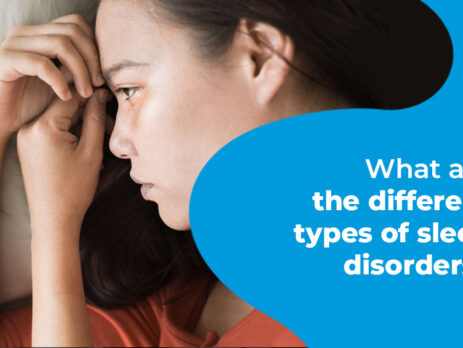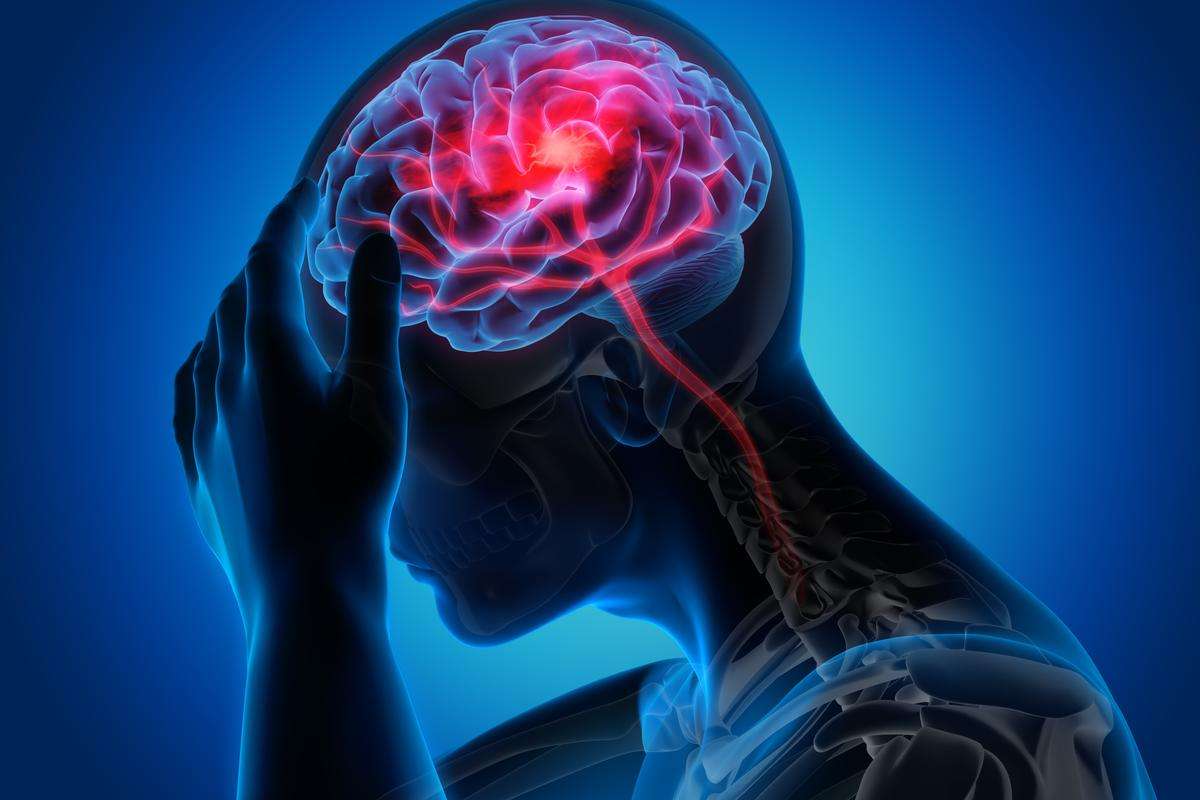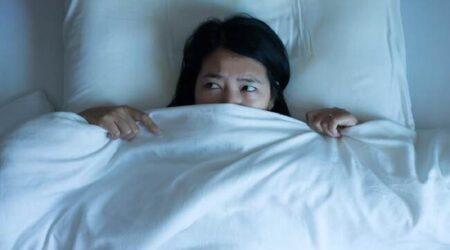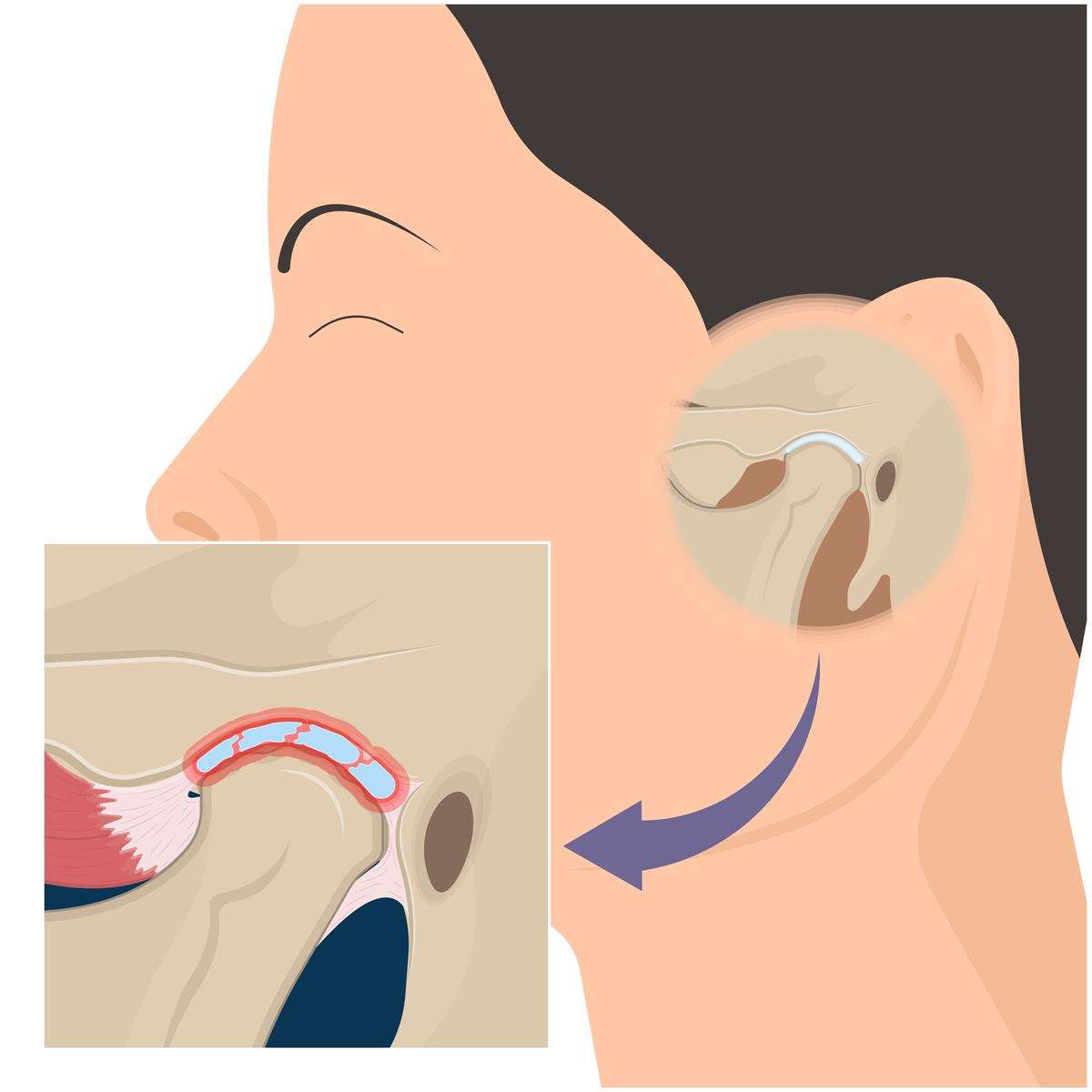What are the different types of sleep disorders?
There are both mental and physical benefits to getting enough sleep. It changes a lot of things in the body, like memory, the immune system, and how we control our feelings. A lot of people, though, have trouble getting good sleep because they have a sleep problem. We will talk about the most common types of sleep disorders, their symptoms, how to identify them, how to treat them, and how to get better sleep in this in-depth guide.
What are sleep disorders?
Sleep disorders encompass a group of diseases that disrupt normal sleep patterns by altering the duration, quality, or timing of sleep. These conditions can impair daily functioning and the overall quality of life. Occasional difficulty sleeping is typical, but persistent issues may indicate a sleep disorder.
Symptoms of Sleep Disorders
Symptoms of sleep disorders vary depending on the specific condition but may include:
- Having trouble falling or staying asleep
- Excessive slumber during the day
- Breathing pauses and loud snoring while one is asleep
- Unrest or pain in the lower limbs
- Unexpected muscular atrophy or loss of control
- Excessive or vivid dreams
- Night terrors or nightmares
- Unruly actions during the night
Diagnosis and Treatment Options
Most of the time, to identify sleep disorders, a full evaluation is needed. This includes a review of the patient’s medical history, a physical exam, an analysis of sleep records, and sleep tests (polysomnography or home sleep apnea testing). Relying on the type and severity of the problem, there are various methods available to help sleep disorders. Here are some examples:
Lifestyle modifications
Lifestyle changes include sticking to a regular sleep plan, making a relaxing bedtime routine, staying away from stimulants like nicotine and caffeine before bed, and making sure you have a comfortable mattress and a dark, quiet room.
Cognitive-behavioral therapy (CBT)
This type of treatment helps people figure out and change the negative thoughts and behaviors that make it hard to sleep, leading to better sleep patterns.
Medicines
Depending on the type of sleep disorder, people may be given sleep aids, stimulants (for narcolepsy), or medicines that control dopamine levels (for RLS).
Therapy with continuous positive airway pressure (CPAP): Patients with obstructive sleep apnea often use CPAP, which includes wearing a mask that is hooked up to a machine that delivers pressurized air to keep the airway open while they sleep.
Surgery
If someone has obstructive sleep apnea, they may need surgery to remove extra muscle or move their jaw.
Types of Sleep Disorders
Sleep Apnea
Sleep apnea, a common sleep disorder, is characterized by breathing pauses during sleep. It manifests in two primary varieties, namely:
Obstructive Sleep Apnea (OSA)
This occurs when the throat muscles relax excessively, causing the airway to become blocked.
Central Sleep Apnea (CSA)
This involves the brain failing to send proper signals to the muscles that control breathing.
Symptoms
Loud breathing, feeling like you’re gasping or choking while you sleep, being too sleepy during the day, and headaches in the morning.
Treatment
Continuous positive airway pressure (CPAP) therapy, oral appliances, lifestyle changes (weight loss, sleep position adjustments), and, in severe cases, surgery.
Narcolepsy
Narcolepsy is a long-term neurological problem that causes people to be too sleepy during the day (EDS) and have sudden fits of sleep. Cataplexy (sudden loss of muscle tone), sleep paralysis, and dreams when falling asleep or waking up are some of the other symptoms that may be present.
Symptoms
Daytime sleepiness that doesn’t go away with enough sleep, emotional-induced sudden loss of muscle tone (cataplexy), hallucinations, and disrupted nighttime sleep
Treatment
Stimulant medications (such as modafinil or armodafinil), antidepressants (for cataplexy), scheduled naps, and lifestyle adjustments.
-
Restless Legs Syndrome (RLS)
Restless Legs Syndrome is a neurological disorder characterized by uncomfortable sensations in the legs and an uncontrollable urge to move them, often during rest or sleep. These sensations typically worsen in the evening or at night, leading to difficulty falling asleep.
Symptoms
Unpleasant sensations (such as crawling or itching) in the legs, the urge to move the legs to relieve discomfort, sleep disturbances, and daytime fatigue.
Treatment
Medications (dopaminergic agents, benzodiazepines), lifestyle changes (regular exercise, avoiding caffeine), and techniques to promote relaxation (massage, stretching).
-
Parasomnias
Parasomnias are abnormal behaviors or movements during sleep. They can occur during specific sleep stages and may include:
Sleepwalking
Walking or performing complex behaviors while asleep, usually during non-REM sleep.
Night Terrors
Confusion upon waking is frequently present after episodes of extreme fear, screaming, and flailing while asleep.
Sleep Talking
Uttering speech or sounds during sleep without awareness.
Symptoms
Episodes of abnormal behavior during sleep, often with little or no memory of the events upon waking.
Treatment
Treatment depends on the specific type of parasomnia and may involve improving sleep hygiene, stress reduction techniques, and, in some cases, medications.
Conclusion
Multiple conditions that make it hard to sleep and affect general health are called sleep disorders. Identifying symptoms is very important for quick evaluation and treatment. Behavioral therapies, medical care, and changes to the person’s lifestyle are all important parts of good control. Dealing with these disorders improves the quality of sleep, daily functioning, and health outcomes in the long run. Communities and healthcare systems need to be more aware and offer more help. Sleep disorders can be lessened and people’s health can be improved by finding answers that include medical, psychological, and lifestyle factors.










Leave a Reply